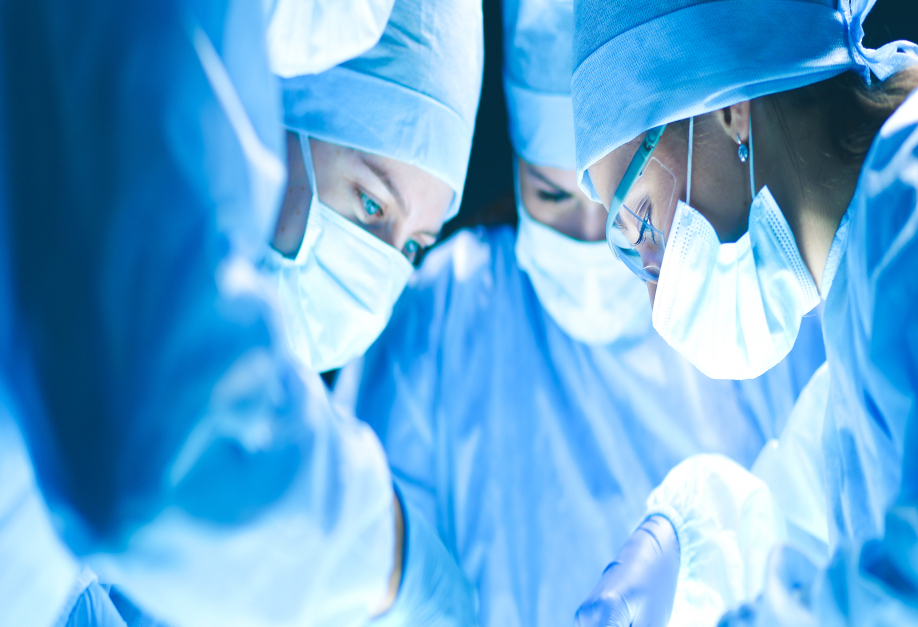With so much debate going around the risk of Hernia and chances of returning to normal life post a Hernia surgery, it becomes very important for people to have a deep understanding of the problem first and some of the most common types of Hernia that are often seen in individuals. For the people who don’t know, a Hernia occurs when an internal organ or fatty tissue compresses through the wall of tissue or muscle that contains it which is referred to as the fascia. There are various types of Hernias e.g Inguinal Hernia, Femoral Hernia, Umbilical Hernia, an Incisional Hernia, Epigastric Hernia, and Hiatal Hernia but the most commonly found ones are Hiatal and Inguinal. Though many Hernias occur in the abdominal region between your chest and hips, they can also appear in the upper thigh and your groin area.
Although anyone of any age can get a Hernia, a child, the elderly, smokers, and the obese stand a much higher chance of developing one. People who have already had Hernia surgery are also vulnerable to getting Hernias again. But, nothing to stress about, it is crucial to treat Hernia just like any other health problem in life which tends to worsen if not addressed on time. Mild symptoms can later be turned into serious ones and hence, early detection and treatment become very important in the case of Hernia too. Let us now learn more about the most common types of Hernia and its symptoms.
1) Hiatal Hernia
A Hiatal Hernia occurs when the upper stomach squeezes through the Hiatus through which the esophagus passes. A lot of people might not notice any symptoms of Hiatal Hernia but in some cases, patients have raised issues like heartburn, a feeling of burning in the lower chest area. It mainly happens when the patient is lying down or is in a bending position, preferably after meals. This heartburn may get worse after consuming citrus fruits, spicy food, raw onions, carbonated drinks and even alcohol. Below are a few other symptoms of Hiatal Hernia:
- Feeling bloated
- Bad taste in the throat region, or belching
- Acid Reflux
- Difficulty in swallowing
- Abdominal pain
- Breathing problems
- Vomiting
- Black stools which reflect Gastrointestinal bleeding



2) Inguinal Hernia
In an Inguinal Hernia, the intestine or the bladder get extended beyond the abdominal wall or into the inguinal canal in the abdomen. 96% of all groin Hernias are Inguinal by nature, and the majority of them occur in men because of a natural weakness in this area. Here are some of the common symptoms of an Inguinal Hernia:
- Swelling/lump in the pubic region
- Burn or pain in the swollen area
- Groin pain, especially during bending or coughing
- Heaviness in the groin or Pain
- Swelling in the testicular region
Though there’s not a lot that one can do to avoid getting Hernia from developing, there are a few steps you can follow to reduce the pressure on your abdominal muscles like avoiding heavy lifting or doing it in a right manner, maintaining a balanced diet, maintain healthy body weight, etc.
Remember, it is very important to not take any stress as it can be effectively treated with surgery. You can get back to living a normal life a few months after the surgery.













